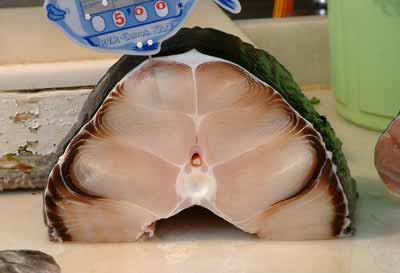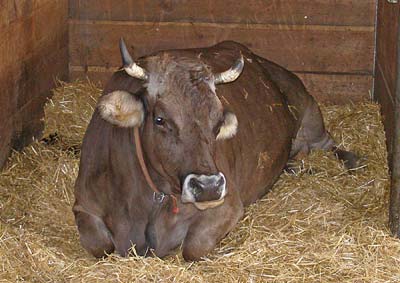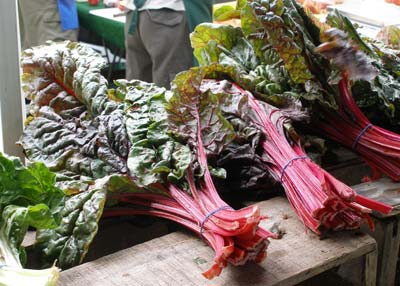The sweet sop is a variety of custard apple, a tropical fruit which comes in a variety of shapes and sizes. When buying choose very soft fruits indeed. The skin is green or purplish-green and scaly, almost fir-cone patterned, in appearance. Inside, the flesh is creamy in colour and consistency, but has to be sucked from the shiny black seeds. The flesh has a sweet-sour flavour, sometimes slightly custardy and larger ones have the luscious and complex taste of banana, mango and vanilla. They are often made into fritters, or sliced and steeped in wine.

The fishermen of Devon have given this name to the smooth hound, a type of dogfish, a large, long, thin marine fish with brown skin and very prominent fins, usually eaten as steaks. The fish should be skinned before it is cooked.
Sweet woodruff is a herb used in medicinal teas. It was used in German wines and is used in liquors.
A small, bright red variety of tomato with sweet flavour. It holds its shape well when cooked.
Swinzie is a hard sheep's milk cheese from the makers of Dunlop cheese in Ayrshire. It is made from pasteurised milk and is pressed.

These cattle, primarily used for milk, are numerous in Switzerland, accounting for almost half the stock, and second only to Simmental. They are now widely found throughout western Europe, eastern block countries and Russia. They range in colour from a mousy brown to very dark brown.

Swiss chard is a vegetable with large, dark leaves and fleshy ribs, mainly of a creamy white but sometimes a vibrant red. Leaves, stripped from the ribs, are cooked in the same way as spinach. The ribs, which need more cooking, are peeled and cut into manageable chunks and boiled or added to soups or stews. They are tender when young, stringy when old.